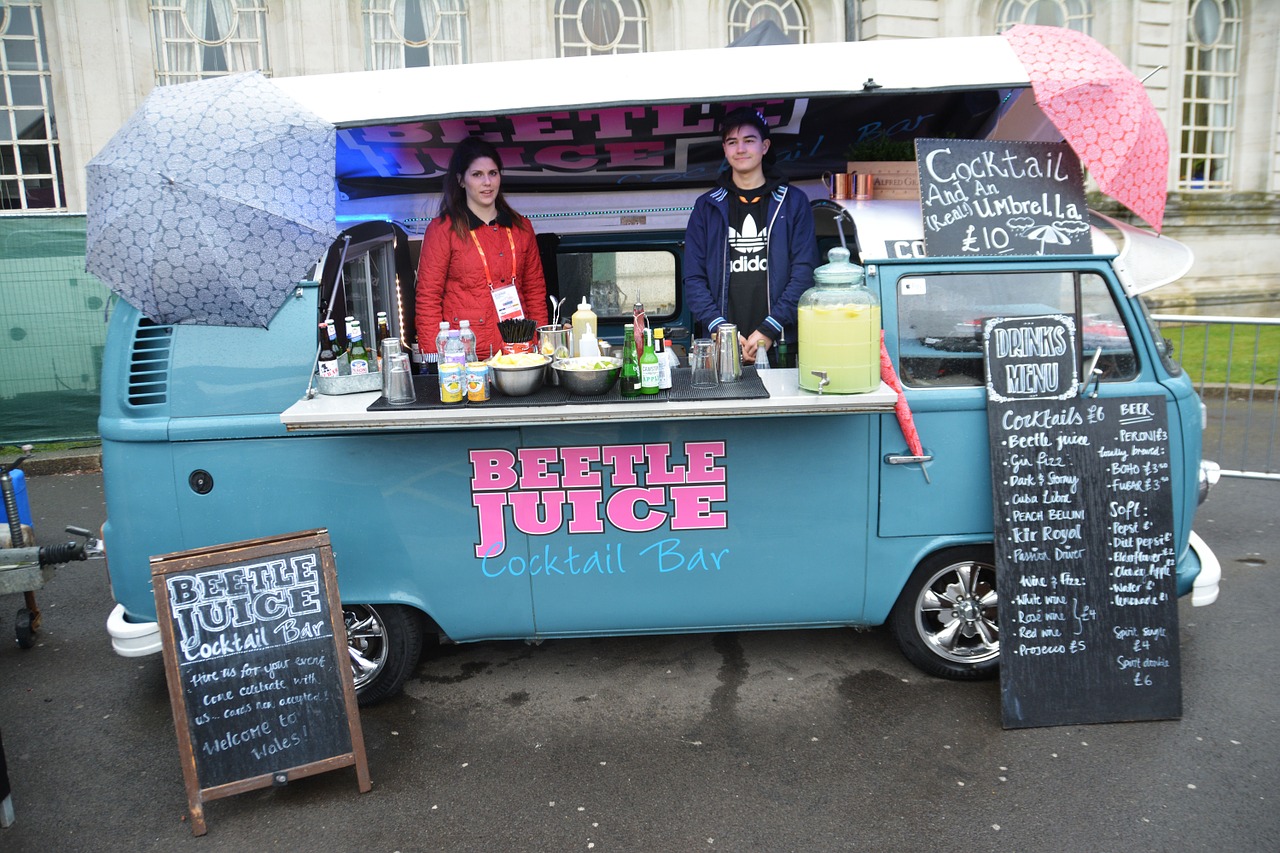Food trucks have been serving up quick, convenient, and savory tasting meals for over a hundred years. They’ve sparked festivals, television shows, and even serious rivals amongst one another.
The secret to food trucks and their longevity in this country? Not surprisingly, it’s all about the money – food trucks are less expensive to run than restaurants, and the savings are passed along to the consumer.
So it’s a win-win for everyone, right?
Maybe. Probably.
As with other staple American customs, food trucks originated in Texas. During the 1800s, after we severed our British connections, Americans began to expand westward from the original colonies on the East Coast.
People heading west required food, namely, meat. Following the demand for beef, ranchers and cattlemen were forced to travel long distances, and could be on the road for months at a time.
One rancher in particular, Charles Goodnight, figured out how to cook on the road in 1866. Goodnight utilized a US Army wagon by fitting it with a pantry box, shelves and drawers, and of course, a cook’s work station where he could serve food and coffee. Appropriately, these mobile food contraptions became known as “chuck wagons.”
In 1893, food trucks began popping up at night as a way to keep the working class fed without having to actually enter an establishment – these were called “Night Lunch” wagons.
The food truck business expanded in a new way by 1936, with Oscar Meyer’s creation of the Wiener Mobile, which did not actually turn into a full service food truck until many later; originally, it was simply an advertisement for the hot dogs.
A few years after the Weiner Mobile debuted, Good Humor was credited with America’s first ice cream truck. Waffle carts, taco trucks, and corn dog stands were soon to follow. In the 1970s, fast food restaurants began dabbling in opening their own food truck counterparts.
In more recent years, food trucks of wide varieties have sprung up all over the country. What’s served ranges from food items as simple as pizza to as extensive as sushi, and everything in between.
Food trucks are everywhere in the US today, with a strong presence in San Francisco, Los Angeles, and New York City in particular. Although, that’s not to say that food trucks are restrained to only metropolitan areas.
As alluded to before, over the years food trucks have grown in popularity in large part due to the economic logic behind the business. Simply put, they require little start up money and service a demand for quick and easy food. In addition, there is a of level flexibility and imagination that you just can’t get out of a straight up restaurant operation, an appealing option to many looking to start their own business.
Not enough reason to consider the food truck trade? Their customers are so loyal, food trucks even have their own followers on Twitter.
Now, I’ll admit Twitter is one social media outlet I’ve never really been able to embrace, but from what I understand, “real time” posts is what works best on that site. Food trucks can tweet where they are and the customers will come right to them.
Consumers adore food trucks, partially because it’s essentially fast food, except a bit fancier. Fast food falls in line with comfort food (like macaroni and cheese), both of which are very American. And so, it only makes sense that the notion of hot, simply prepared food coming straight to you without your ever having to step foot inside a restaurant is too appealing to pass up – especially when it doesn’t take too big a bite out of your wallet (pun intended).
But of course, in the midst of food trucks’ soaring popularity and increase in demand, there are the unavoidable naysayers. While some restaurants have embraced the idea of expanding their business to include food trucks, others undoubtedly feel that the food truck is what is taking away their business.
The New York Times reported in 2011 that “many restaurants are sick of seeing competition literally drive up outside their windows.” Moreover, food trucks yield to additional problems such as crowded streets, parking issues, and diesel fuel emissions.
The latter issues seem much more mundane to me, but I can understand the concern of restaurant owners. After all, today people can have produce delivered from organizations like the Veggie Mobile instead of driving to the local farmers market or grocery store. We order things online instead of going to the mall. Etc, etc.
I heard at a conference a few years ago about a farmers market that was run right next to a grocery store, and both establishments actually benefited from the arrangement. Customers went to the farmers market for specific, local items, like in-season produce or honey from a nearby beekeeper. Then, they would head right to the supermarket for their staple items, such as cereal and deli meats.
Likewise, in a perfect world, food trucks and restaurants – and cafes and farmers markets and grocery stores – would all coexist peacefully and prosperously. Time will tell how big of an impact food trucks will ultimately have on more stationary eating establishments. In the meantime, this staple American icon appears to be here to stay.
Conversely, Canada has not been as quick to welcome food trucks with open arms as Americans have been. Although, they seem to be coming around as of recently. Montreal just last year lifted a ban on food trucks that had been in place since 1947 because of “sanitation reasons” as well as grumpy restaurateurs.
